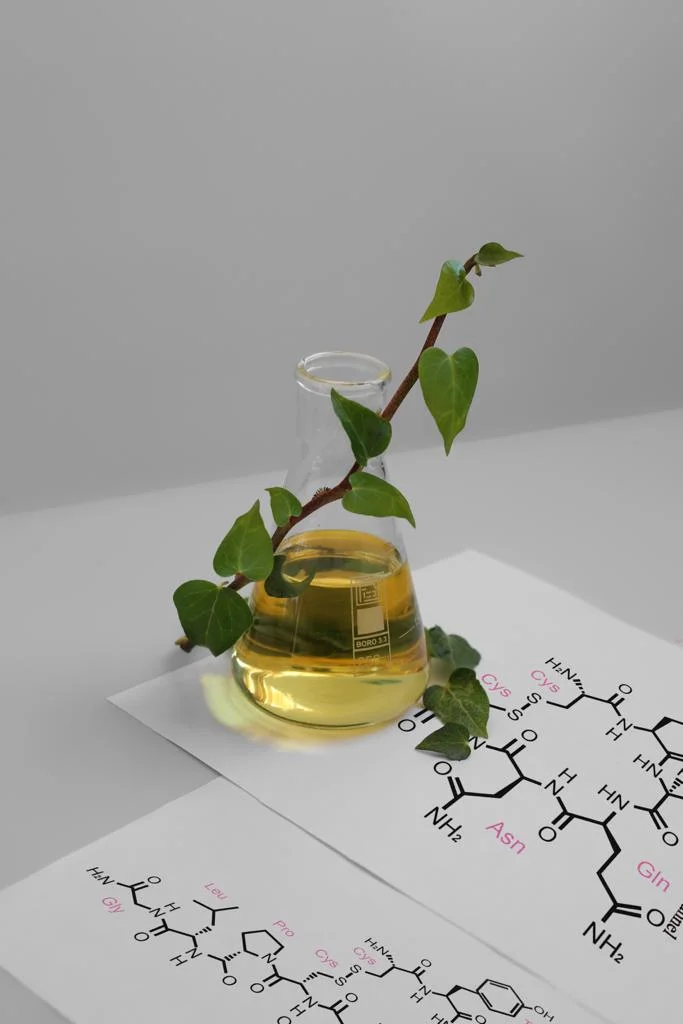Polyvinyl chloride, or PVC, is a highly adaptable polymer with uses ranging from construction materials to medical devices. Yet, for improved flexibility and ease of processing, it requires plasticizers. The most widely used plasticizers have traditionally been phthalates, but concerns over their potential health and environmental impacts have prompted a search for safer alternatives. In this article, we will explore the world of non-toxic plasticizers that offer a sustainable and safe choice for PVC.
Traditional Plasticizers: The Concerns with Phthalates
Phthalates, particularly di(2-ethylhexyl) phthalate (DEHP), have been the mainstay of PVC plasticization for years. However, studies have linked certain phthalates to endocrine disruption, developmental issues, and even certain types of cancers. Furthermore, because phthalates can leach out of products over time, there are concerns about their presence in the environment and potential accumulation in aquatic organisms.
Enter Non-toxic Plasticizers
Recognizing the need for safer alternatives, scientists and industry experts have developed a range of non-toxic plasticizers. These not only address health and environmental concerns but also meet the technical requirements needed for effective PVC plasticization. Here are some leading options:
- Citrate esters: Derived from citric acid, citrate esters like triethyl citrate and acetyl triethyl citrate are biodegradable and considered safe for use in food packaging and medical applications.
- Epoxidized soybean oil (ESBO): This is a renewable plasticizer derived from soybean oil. It’s bio-based, has low volatility, and can improve thermal stability of PVC compounds.
- 1,2-Cyclohexane dicarboxylic acid diisononyl ester (DINCH): Marketed for sensitive applications like toys and medical devices, DINCH has undergone extensive toxicological assessment and is considered a safe alternative to phthalates.
- Polymeric plasticizers: These are large molecular weight compounds like polyester adipates. Their size reduces migration and leaching, making them more stable within the PVC matrix.
- Bio-based plasticizers: Derived from renewable sources, such as vegetable oils, these plasticizers are not only non-toxic but also reduce the carbon footprint of PVC products.

Benefits of Switching to Green Plasticizer
- Safety: Reduced health risks for consumers, especially in applications with close human contact (e.g., toys, medical devices).
- Environmental Impact: Many non-toxic alternatives are biodegradable, reducing the risk of environmental accumulation. Bio-based options also lower greenhouse gas emissions.
- Regulatory Approval: As regulations tighten around phthalates, shifting to non-toxic alternatives can keep products on the market and avoid potential legal pitfalls.
- Public Perception: Consumers are increasingly aware of and concerned about toxic compounds in products. Offering PVC products made with non-toxic plasticizers can be a strong selling point.
While non-toxic plasticizers offer many benefits, challenges remain:
- Cost: Many non-toxic alternatives are more expensive than traditional phthalates, which can be a barrier to adoption.
- Performance: Not all non-toxic plasticizers perform equally well in all applications. Finding the right fit for a specific PVC product might require extensive R&D.
- Market Acceptance: The industry needs to be convinced of the benefits, and consumers need to be educated about the advantages of non-toxic plasticizers.
The move away from potentially harmful phthalates to non-toxic plasticizers represents a significant shift in the PVC industry. As concerns about health and the environment grow, the demand for safer, sustainable materials will only increase. Non-toxic plasticizers are well poised to meet this demand, ensuring that PVC remains a material of choice for the future, balancing performance with responsibility.
